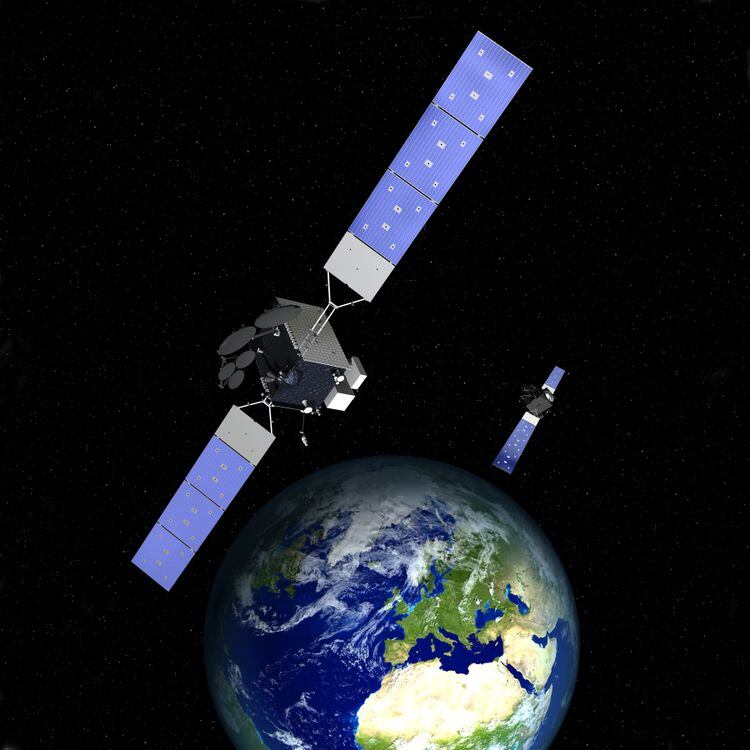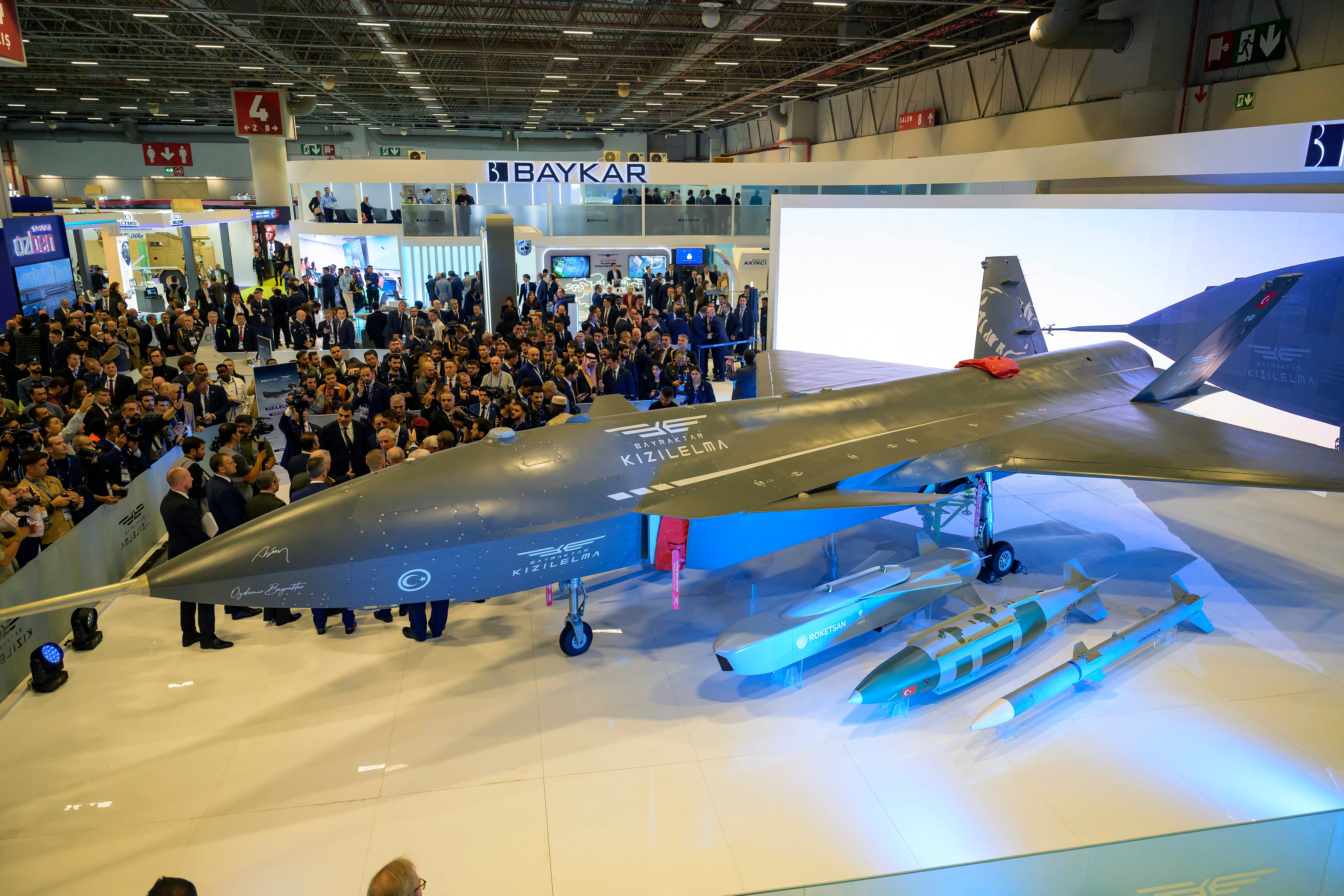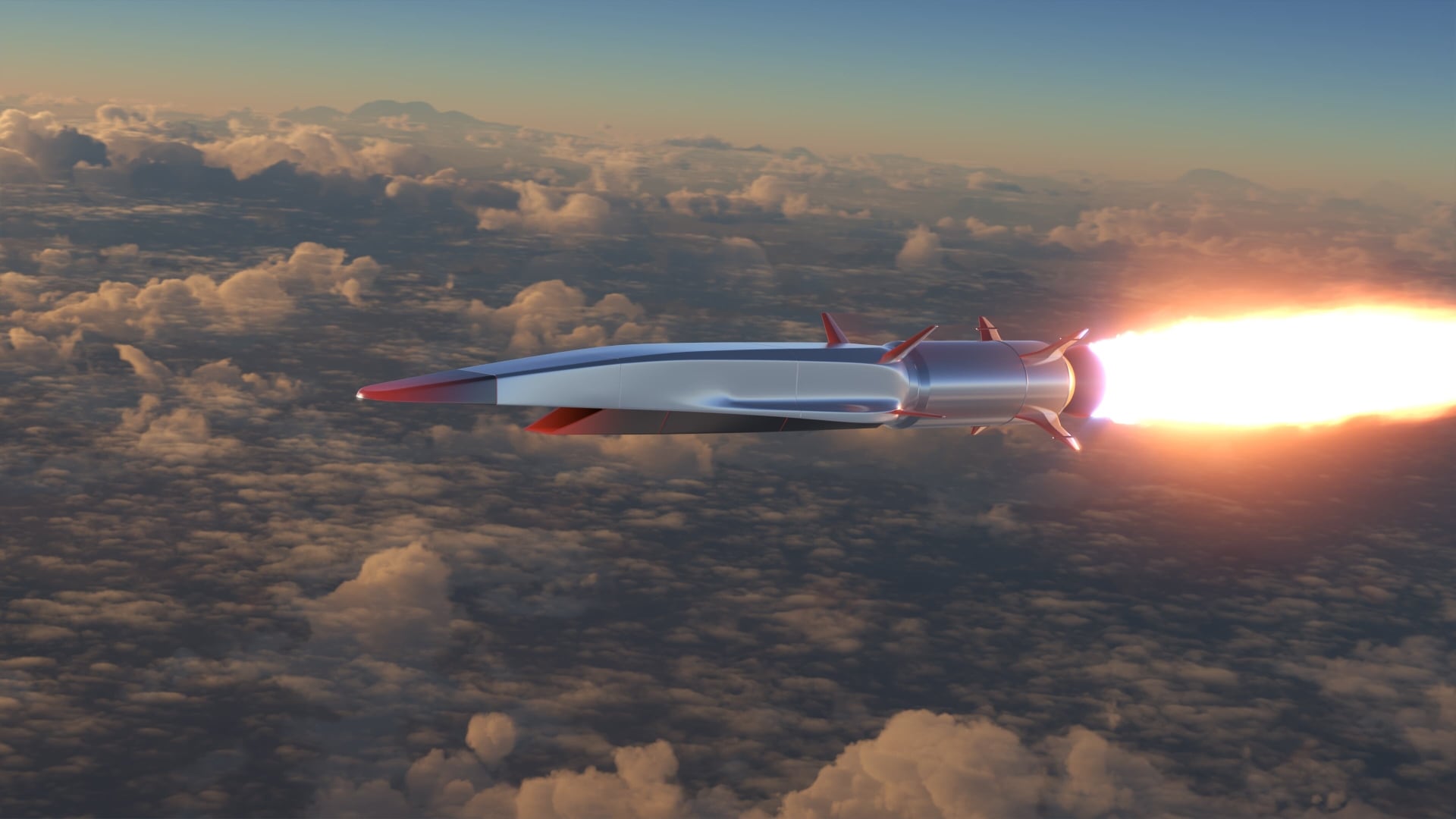The Air Force’s stopgap polar satellite communications payload successfully completed its critical design review in October, the Space and Missile Systems Center announced Dec. 3, putting it on track for a December 2022 launch.
The Enhanced Polar System Recapitalization (EPS-R) program’s critical design review was a two-month process wherein the government assessed the maturity of the payload design. With the review successfully completed and the Air Force satisfied with the design, manufacturing can begin. Northrop Grumman is the primary contractor for the payload, having received a $410 million contract for the payloads in February 2018. Work is expected to be completed December 2023.
RELATED

EPS-R will provide secure satellite communications in the North Polar Region and is meant to fill the gap between the Enhanced Polar System and the Evolved Strategic satellite communications polar variants, which are expected to be available at some point in the 2030s. The EPS and EPS-R satellites are essentially polar complements to the Air Force’s Advanced Extremely High Frequency satellites, which provide secure communications for most of the globe but do not provide coverage in the polar regions.
“The EPS-R program’s unprecedented approach leverages best practices of our commercial space vehicle and commercial launch vehicle providers while collaborating with our Norwegian partners, and will prevent a protected communication coverage gap for war fighters in the Arctic region until future systems are available,” said Maj. John Gomez, EPS-R Payload program manager, in a press release.
The EPS system is comprised of two satellites. Similarly, EPS-R will be comprised of eXtended Data Rate payloads hosted on a two Norwegian satellites. The Air Force announced that EPS was operational Oct. 22, replacing the legacy Interim Polar System.
According to SMC, the EPS-R payload is three years ahead of schedule due to a rapid acquisitions approach. The program office was able to award the payload contract within six months and issued the EPS-R Control and Planning Segment ground contract in less than 40 days after receiving Northrop Grumman’s proposal. The Air Force says these efforts could lead to savings of up to $900 million.
Nathan Strout covers space, unmanned and intelligence systems for C4ISRNET.








